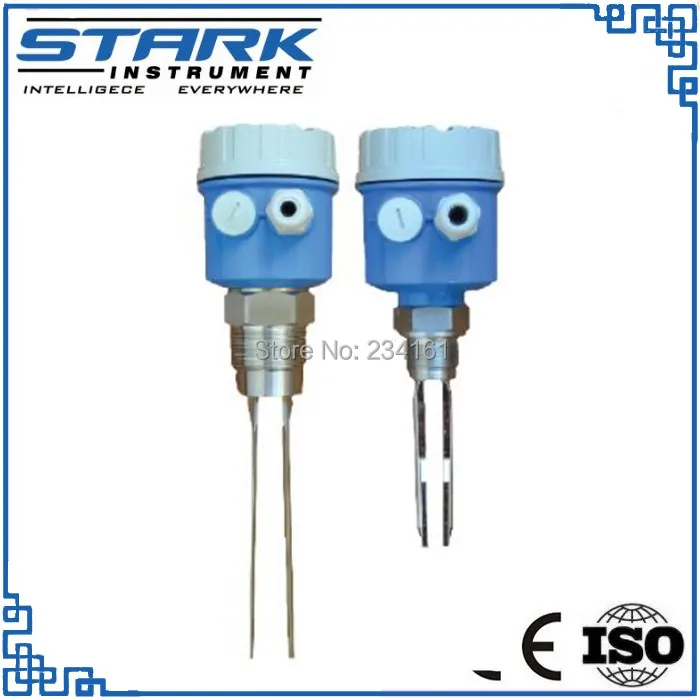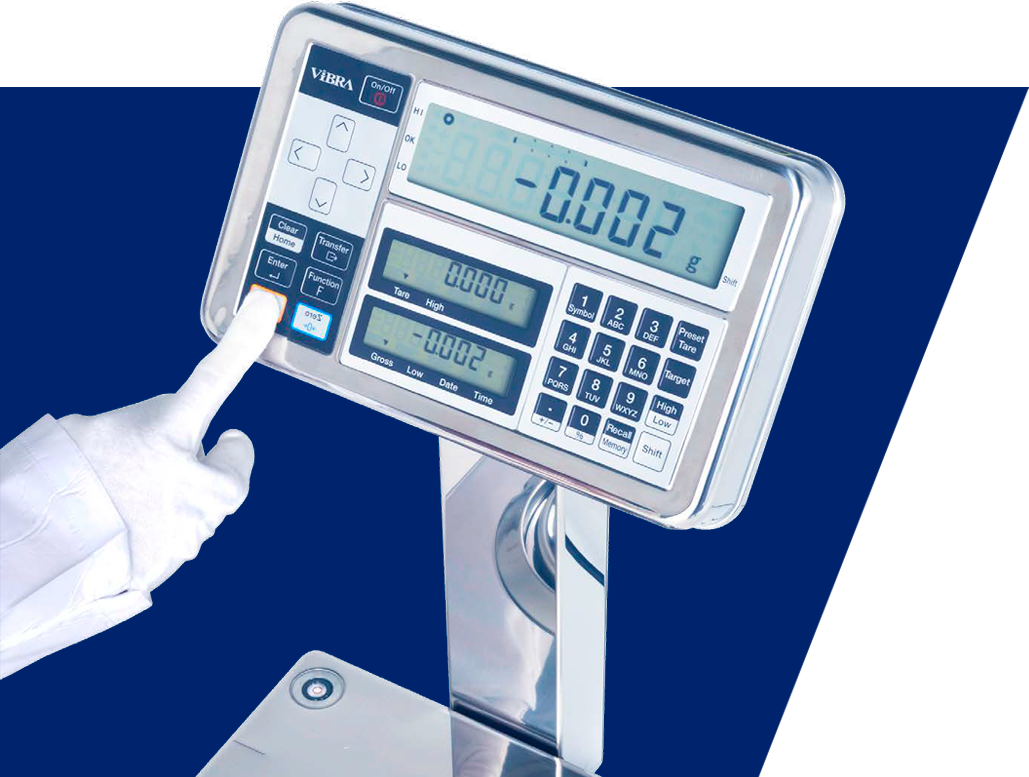


Simulation of the Rinne Test: placement of the 512 Hz tuning fork parallel ( a, b) and perpendicular ( c, d) to the ear canal The present study had two goals: To determine if (1) Canadian otolaryngologists demonstrate variability in performance of the Rinne test, specifically focusing on the tuning fork placement during air conduction testing (2) orientation of the tuning fork tines, parallel to as compared to perpendicular to the EAC, affects the amplitude of sound (at fundamental and harmonic frequencies) at the level of the tympanic membrane. The sound intensities of a tuning fork placed parallel to and perpendicular to the EAC during the Rinne test have not been compared before. A tuning fork activated by a physician likely produces a sound that is a product of at least seven known vibration modes. However, there are several known tuning fork vibration modes, and these mathematical models and experimental studies have only tested the individual vibration modes. These lines of evidence show a 5 dB difference in the sound intensity produced by the two different positions of the tuning fork. Mathematical calculations and sound field recordings conclude that a higher amplitude sound is delivered to the ear when the fork is placed parallel to as opposed to perpendicular to the EAC. In comparison to perpendicular placement of the tines, placement of the tines parallel to the ear canal is thought to result in higher sound intensities (i.e., sound pressure levels) at the patient’s eardrum. Īudiology society recommendations instructions aimed at medical student and non-specialist on performing the Rinne test in general and otolaryngology textbooks, instructions intended for otolaryngology residents in speciality textbooks, and peer reviewed publications all describe placing the vibrating tuning fork tines in parallel with the longitudinal axis of external auditory canal (or parallel to the frontal plane of the skull). Olotaryngologists have advocated for further study of the sources of variation in performing the Rinne test given its widespread clinical use. In patients with otosclerosis, the Rinne test is used to determine stapes surgery candidacy. The Rinne test is recommended as part of an otological physical exam to detect conductive hearing loss. Anecdotally only two tests, Webber and Rinne, continue to be routinely taught in medical schools and used clinically by otologists and primary care physicians. Historically, up to 20 tuning fork tests were used in the diagnosis of hearing loss.


 0 kommentar(er)
0 kommentar(er)
